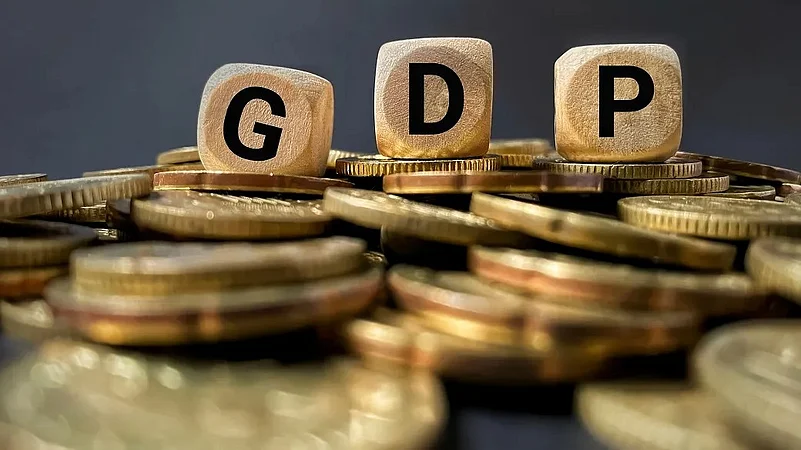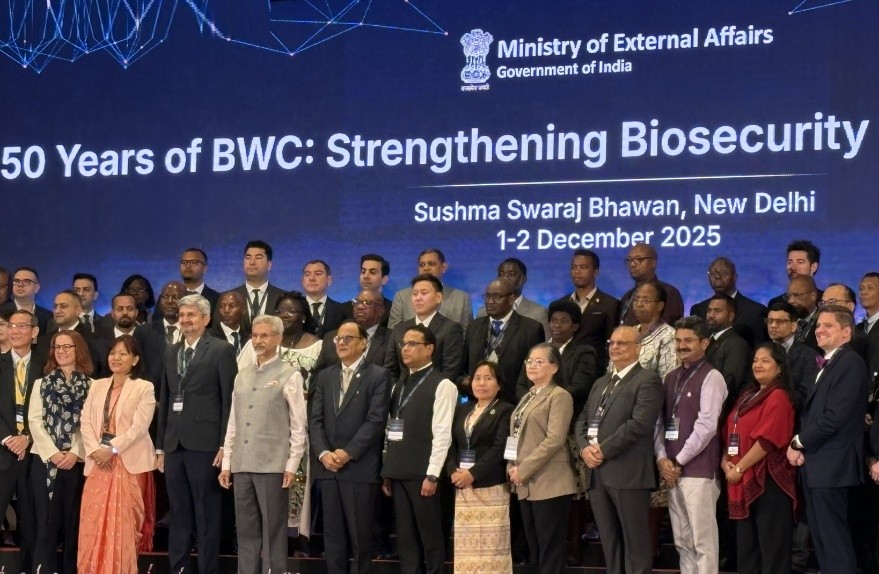Font size:
Print
India’s Heavy Industries and Engineering Sector
Context:
The heavy engineering and machine tools sector, categorised under the capital goods industry, is receiving considerable attention in India due to its critical role in driving industrial expansion and economic progress.
More on News
- This sector includes essential industries such as electrical equipment, machinery, and construction, all of which are fundamental to infrastructure development.
- According to the Indian Electrical and Electronics Manufacturers’ Association (IEEMA), the electrical equipment industry has experienced consistent double-digit growth, particularly in power equipment such as transmission systems and transformers, fueled by domestic demand and global market expansion.
- Additionally, India ranks as the third-largest market for construction equipment, highlighting the sector’s importance in national development.
Government Initiatives and Policy Support
- Strengthening Domestic Production: The Ministry of Heavy Industries has introduced multiple policies aimed at strengthening domestic production while reducing reliance on imports.
- Make in India: These initiatives align with the broader Make in India campaign launched in 2014, which aims to bolster the manufacturing sector’s contribution to GDP, create employment opportunities, and enhance technological capabilities.
Overview of the Heavy Industries and Engineering Sector
- Capital Goods Sector: The capital goods sector currently contributes approximately 1.9% of India’s GDP.
- The heavy engineering and machine tool sector comprises several sub-industries, including dies, molds, press tools, plastic machinery, earthmoving and mining machinery, metallurgical machinery, textile machinery, process plant equipment, printing machinery, and food processing machinery.
- Due to government intervention, production in this sector increased significantly from Rs. 2,29,533 crore in 2014-15 to Rs. 4,29,001 crore in 2023-24.
- Policy Framework: The policy framework for this sector includes several business-friendly measures, such as:
- No requirement for an industrial license.
- 100% FDI permitted through the automatic route, except for countries sharing land borders with India.
- Unrestricted quantum of payments for technology transfer, royalty, and design acquisition.
- No restrictions on imports and exports.
- Budget 2025-26: Additionally, the Union Budget 2025-26 proposes to exempt 35 additional capital goods for EV battery manufacturing and 28 for mobile phone battery production, aiming to promote domestic lithium-ion battery production.
National Capital Goods Policy (2016)
- Formulated by the Ministry of Heavy Industries & Public Enterprises, the National Capital Goods Policy aims to increase the capital goods sector’s share in manufacturing from 12% in 2016 to 20% by 2025.
- The policy envisions positioning India as a leading capital goods producer by doubling production and expanding exports to at least 40% of total output.
- It also aims to advance technology within the sector from basic and intermediate levels to more sophisticated levels.
- Key features of the policy include:
- Increased budgetary allocations for competitiveness enhancement.
- Launch of a Technology Development Fund under the PPP model.
- Establishment of regional Centers of Excellence for skill development.
- Modernisation of existing manufacturing units, particularly SMEs.
- Development and upgrade of testing and certification infrastructure.
Capital Goods Sector Development: Phase I & II
- Phase I: Launched in November 2014 with an outlay of Rs. 995.96 crore, Phase I fostered industry-academia partnerships to develop technology solutions and industrial infrastructure. Major achievements include:
- Establishment of 8 Centers of Excellence (CoEs), leading to the development of 30 indigenous technologies.
- Setup of 15 Common Engineering Facility Centers (CEFCs) and 6 Web-Based Technology Innovation Platforms.
- Implementation of a Technology Acquisition Fund Programme (TAFP), leading to five significant technology acquisitions.
- Development of an exclusive Integrated Machine Tools Park in Tumakuru, Karnataka, spanning 530 acres.
- Phase II: Launched in January 2022, Phase II aims to expand the impact of Phase I with an outlay of Rs. 1207 crore, including Rs. 975 crore in budgetary support and Rs. 232 crore in industry contributions. Under Phase II:
- 9 new Advanced Centers of Excellence have been sanctioned.
- 5 new CEFCs have been approved.
- 3 projects focused on skill development have been initiated.
- 7 projects for testing and certification centers have been approved.
- 8 Industry Accelerator projects for indigenous technology development have been sanctioned.
- Technology Innovation Portals are being strengthened to drive industrial research.
Recent Milestones in the Capital Goods Sector
- SITARC, Coimbatore, developed a 6-inch BLDC submersible pump, reducing import dependency by 80%.
- CMTI launched a high-speed rapier loom machine at ITMA 2023 in Milan.
- Toyota Engine Manufacturing implemented Industrial Internet of Things (IIOT) technology for predictive maintenance.
- ARAI, Pune, established India’s first battery testing facility under the Ministry of Heavy Industries.
- IISc Bengaluru developed 6 smart technologies and 5 smart tools, including advancements in digital twin, virtual reality, and robotics.
- BHEL set up multiple Centers of Excellence and is developing testing facilities for naval, aircraft, and industrial applications.


